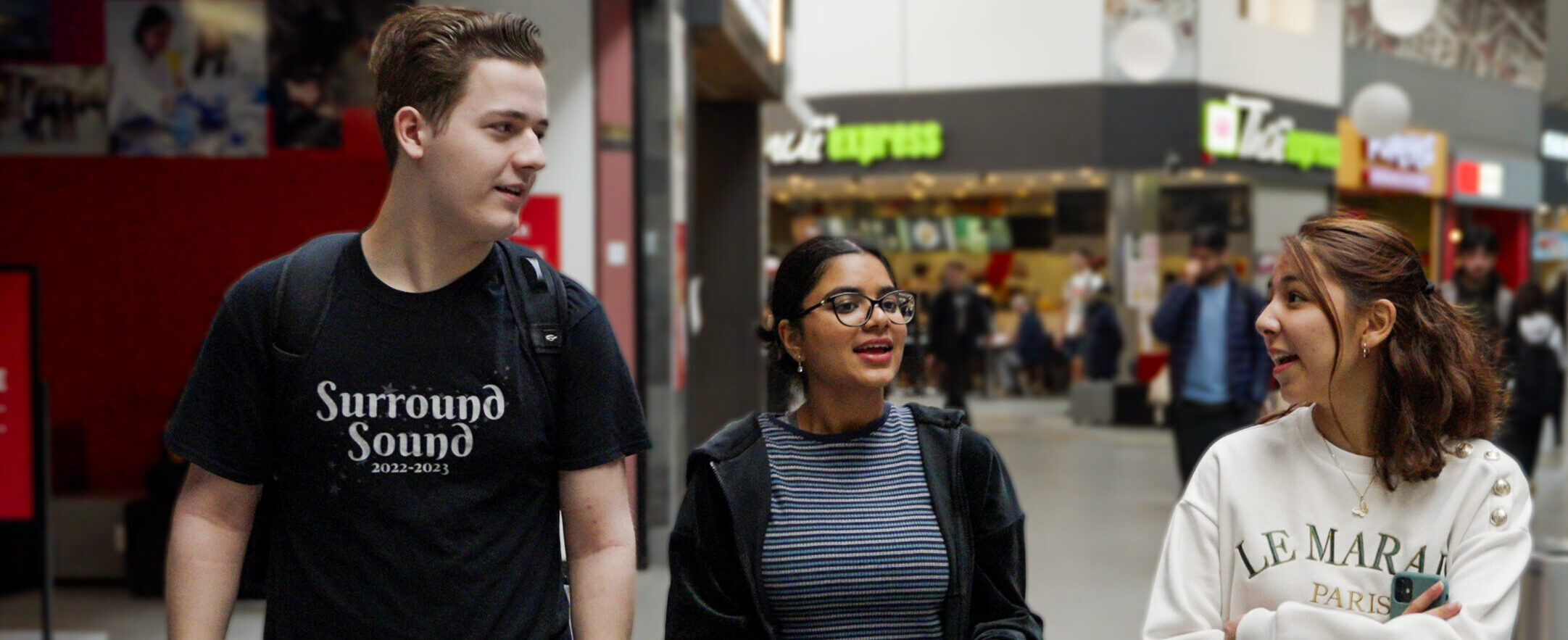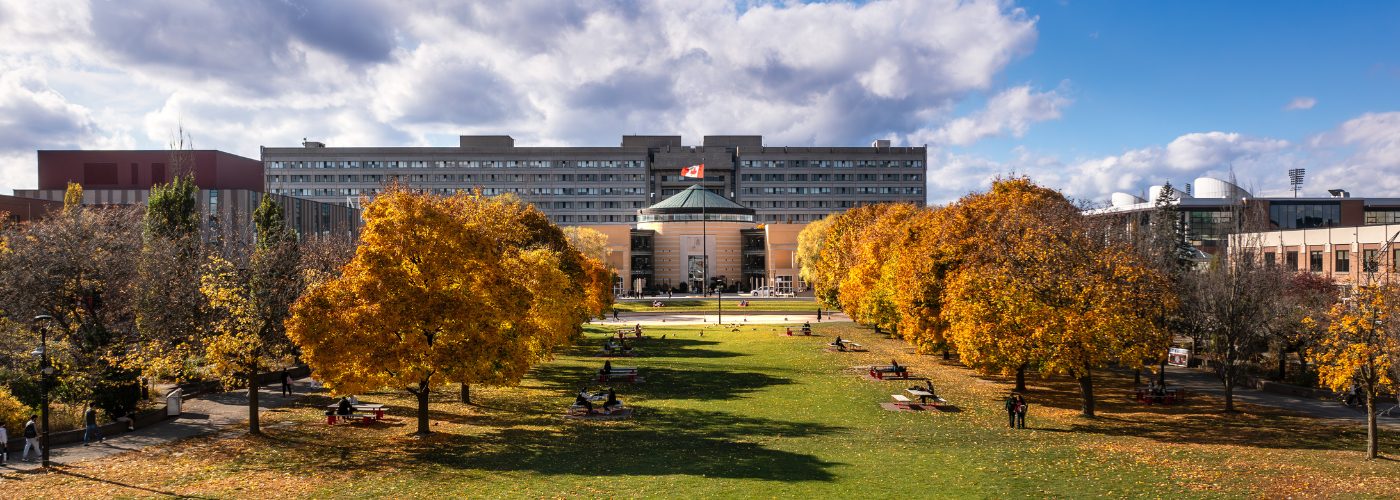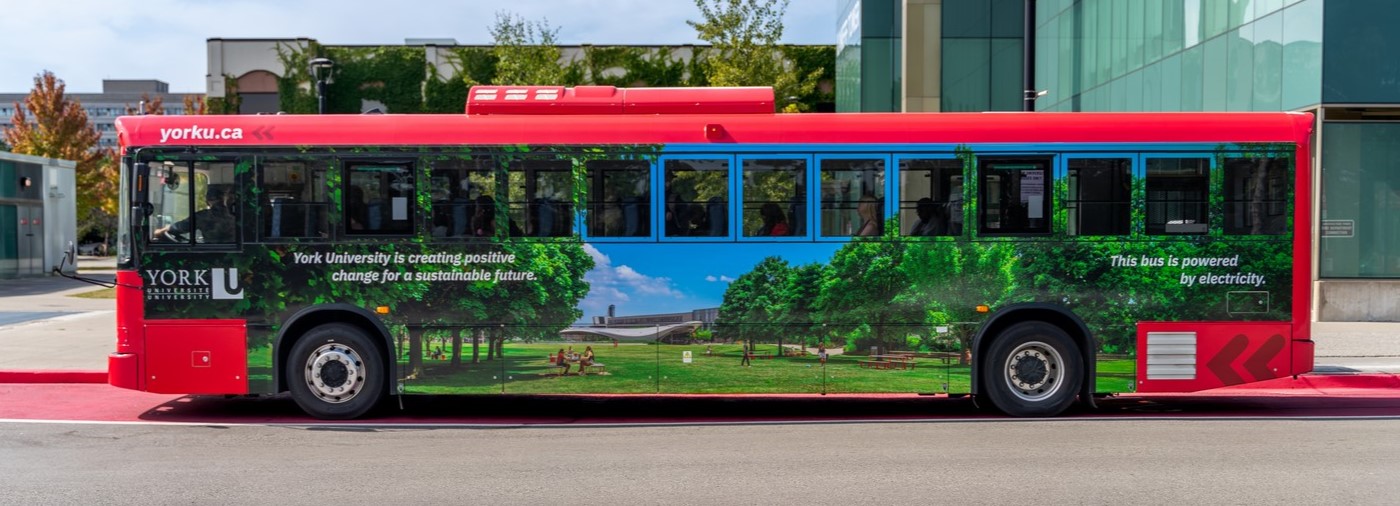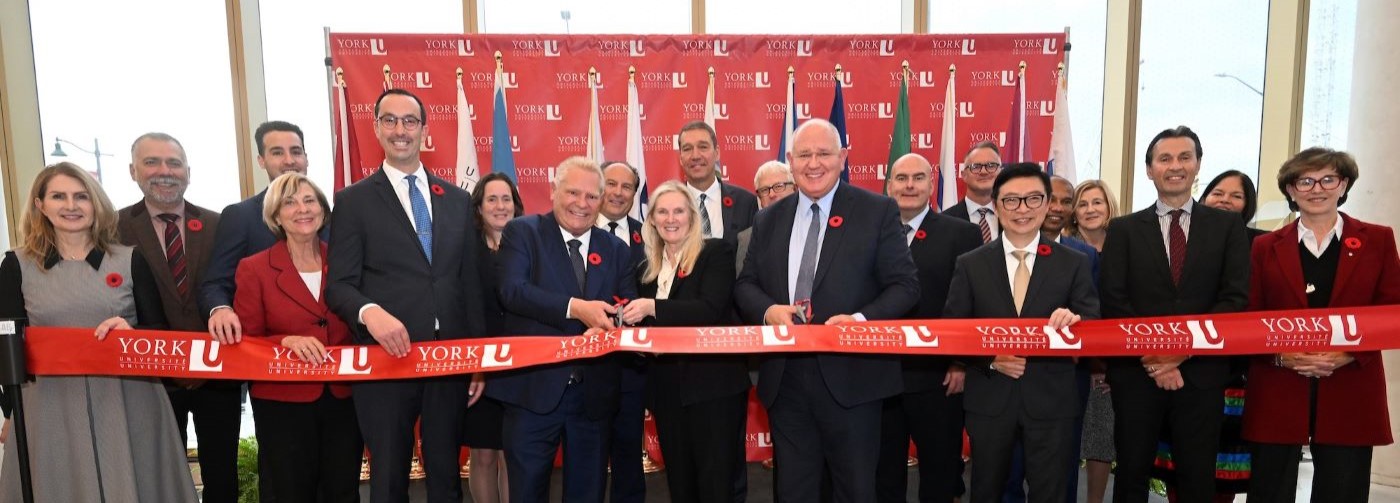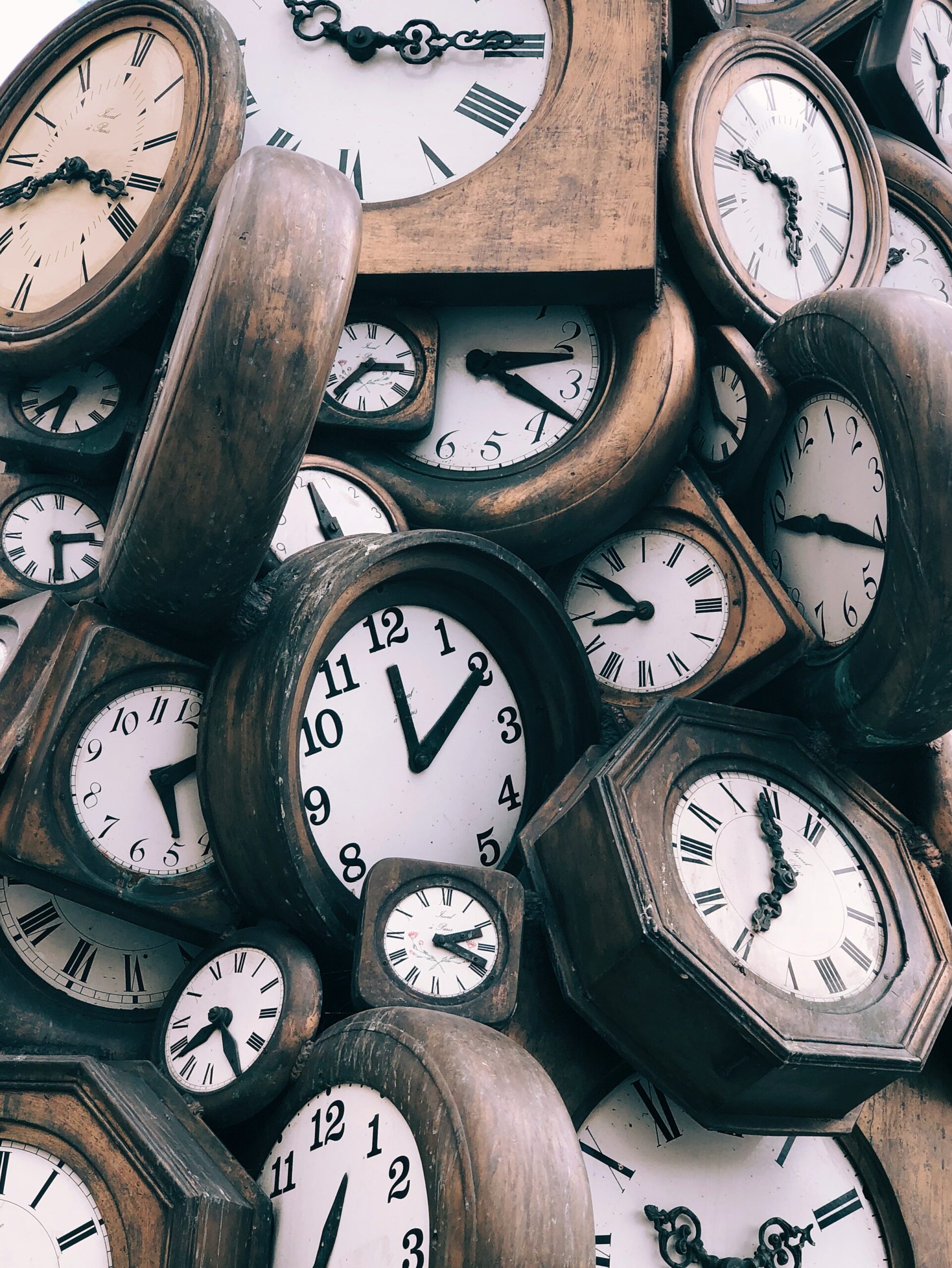
Gravity of famous Newton apple tree not lost on York researchers as they plant descendants
York’s Newton tree descendant was the first in Ontario to take root and blossom. It’s now joined by two more seedlings.
A thunk to the head, so the myth goes, planted the seed for Sir Isaac Newton’s law of gravity, and while the law bore fruit – Gravity Day is now celebrated every Sept. 8 – so too has the original apple tree’s lineage at York University.
Thought to be from the same tree that sprouted the young physicist’s imagination in 1666, a descendant of Newton’s apple tree was planted at York University a quarter century ago. Although it is now leaning – giving in to the pull of gravity – it has birthed offspring donated to another research institution and its seeds have travelled into space.
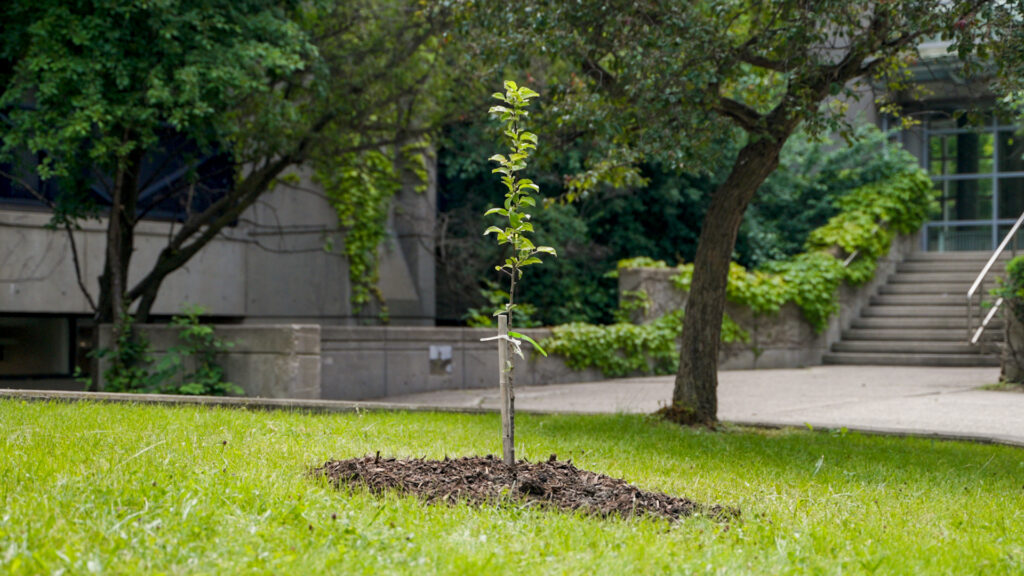
Now, two more descendants planted in the courtyard outside the physics building from grafted cuttings stand together to continue a lineage that not only connects them to York’s original tree, but an academic tradition that spans much of the globe.
York Associate Professor Cody Storry, who spearheaded the grafting and planting of the new additions and who was a PhD student at the University around the time the first descendant was planted here, says: “I love the fairy tale aspect of the Newton-gravity story, but in fact, probably what happened was as Newton was looking out his window, he saw the apples falling. It’s unlikely that one knocked him on the head.”
A self-described “apple tree person,” not to mention also a gravity person as a physicist who up until about five years ago studied the subject, Storry remembers celebrating the man and the myth in his Grade 13 physics class. When York needed someone to take on the project, he was excited to take the lead. “I quickly put up my hand to be the guardian and to help propagate these new trees.”
Although, as a young physics student he didn’t pay a lot of attention to the first sapling of a Newton tree at York, he definitely thinks its pretty cool now to have original descendants on the Keele Campus, and to be part of ensuring its legacy continues. There is also another tree in a top-secret location. “I feel like the lineage is safe now,” he says. Ensuring that legacy is what was most important.
It will take a few years to see if the new plantings, or scions, will also bear fruit like York’s first tree which produces a rare, old variety of cooking apple, Flower of Kent, like Newton’s original tree. Not a great eating apple, Storry points out, but perhaps good enough for a future apple pie, or maybe some cider.
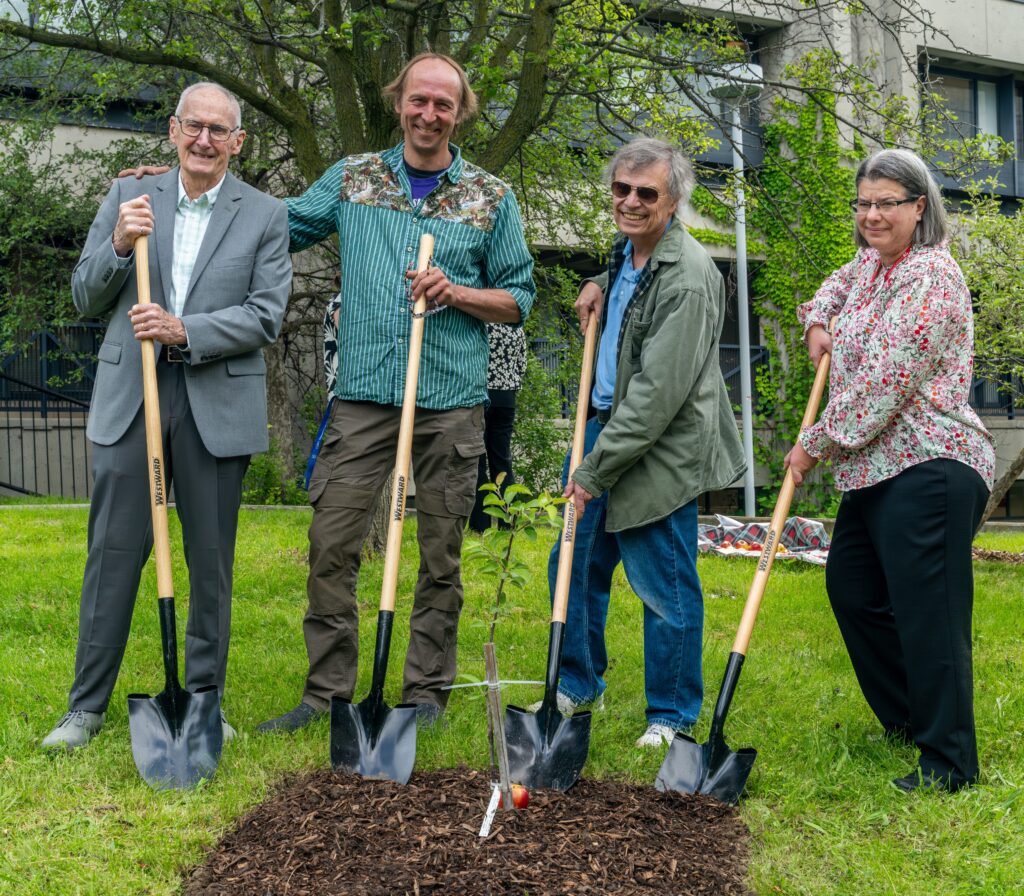
Around and round the apple tree
How did the Newton descendant first arrive at York?
Former dean of what was then York’s Faculty of Pure and Applied Science, Professor Emeritus Robert Prince, a mentor to Storry in his undergraduate years, arranged to have Newton descendant cuttings sent to York from the University of York in the United Kingdom while on an exchange visit there in 1990. If you’re confused, you’re not alone as people from all over mix up the two universities. This was after he met with that university’s Newton scholar who had experience in arranging for a descendant to be sent to the United States.
Still, it was a rather winding route. In the 1930s, new owners of Newton’s family home, Woolsthorpe Manor in Lincolnshire, saw the importance of sending cuttings of the infamous tree to Belton Park, a fruit research station in the UK’s East Malling, where they could be preserved. Cuttings were then sent to the Cambridge Botanical Gardens then on to Kew Gardens, followed by the University of York and finally to Canada They arrived in British Columbia, where they were in quarantine for about four years, before finally landing at York University in Toronto.
The newest Newtonians also had a bumpy route. Their planting was delayed a few years by the COVID-19 pandemic and an Uber driver that got lost on campus. Oddly enough, it was during the Great Plague when a young Newton, then a student at Cambridge University, was home following the school’s temporary closure when he made his discovery.
Branching Out
Although the National Research Council (NRC) first tried to plant what was then thought to be a descendant of the original Newton tree in Ottawa, the trees perished in the cold of winter. A later attempt worked, but the NRC discovered some years after, through DNA testing, that they weren’t actual descendants.

When physicist Susan McCall heard the news from Marshall McCall, then her husband and Chair of the Faculty of Science’s Physics and Astronomy Department, she drove a small sapling she grew from a seed of the York apple tree descendant in their backyard to Ottawa where it still thrives.
Both York and the NRC, along with the TRIUMF physics laboratory in B.C., appear on the Atlas Obscura map of all the Newton trees around the world, as the only Canadian locations, although there are now an additional four young trees at Banjo Cider and in Storry’s backyard.
Sowing Seeds – a Space Odyssey
Two of the seeds collected by McCall at the time from a fruitful season accompanied astronaut and York alumnus Steve MacLean, a former student of Prince’s, into space in 2006, where a lack of gravity would have prevented Newton from developing the core of his theory, and back. They now reside in the Physics and Astronomy Department, a part of space travel history.
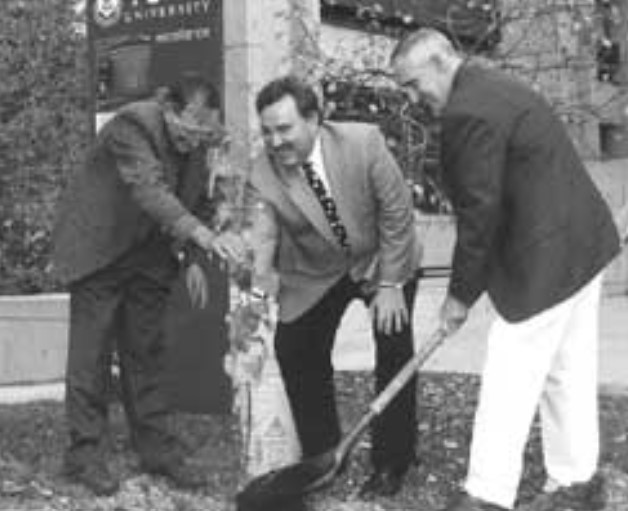
Although, Storry says due to the amount of radiation they would have received in space, combined with their age, the two seeds are unlikely to ever grow into trees, it’s still an interesting part of the Newton legacy story.
With respect to Gravity Day, Newton and the newest descendants, Storry says: “Gravity is a type of physics that everyone can kind of relate to in an easy way.”
That includes physics students at York who can gain their own inspiration as they stare out their classroom window at the three York-Newton trees and experience the gravity of the situation that seeded the theory they are currently learning about firsthand.

